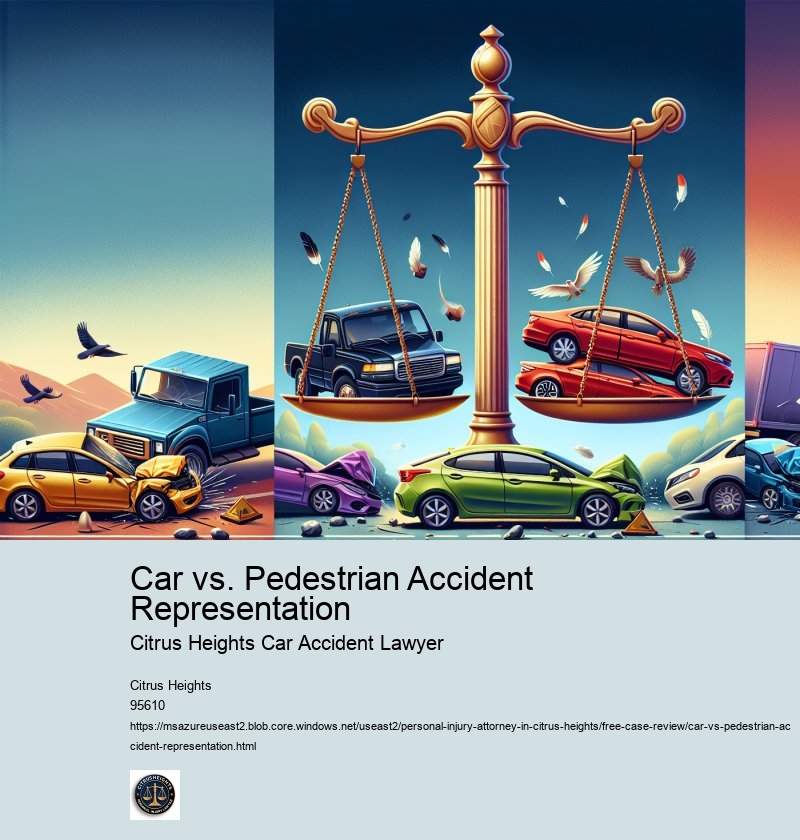Car vs. Pedestrian Accident Representation
Citrus Heights

If the driver was intoxicated, a drunk driving accident lawyer in Citrus Heights ensures the necessary evidence-such as breathalyzer results or police reports-is part of your case. When the At-Fault Driver Leaves the Scene . If you’ve been hurt in a car accident, speaking with a personal injury attorney in Citrus Heights can help you understand your legal options and pursue fair compensation.. Distracted driving accident claims are also increasingly common-these may involve proving the other driver was texting or using their phone before the crash. If the accident involved someone on foot, car vs. negotiation pedestrian accident representation ensures proper handling of crosswalk laws, visibility issues, and driver negligence. Immediate steps include getting medical attention, reporting the accident to local authorities, documenting the scene, and avoiding discussion of fault with the other driver or their insurer.
Car vs. Pedestrian Accident Representation - traffic collision
- data
- trial
- surveillance
- attention
- arbitration
- road
The lawyer only gets paid if they recover money for you.
Car vs. Pedestrian Accident Representation - negotiation
- arbitration
- Placer County
- insurance
- fault
- advocacy
- semi-trailer truck
If the other driver fled the scene, a Citrus Heights hit and run lawyer can assist in tracking down the driver or filing a claim under your uninsured motorist coverage.
Car vs. Pedestrian Accident Representation - Sacramento
- lawyer
- mind
- transparency
- Road traffic safety
- customer satisfaction
- uncertainty
- matter
To support your decision-making, we also provide a Citrus Heights car accident FAQ. Here's how our lawyer matching service works: You provide us with your accident details-what happened, where, and who was involved-and we connect you with a Citrus Heights car accident lawyer who handles cases like yours. Reconstruction Era For crashes involving phone use or inattentive drivers, distracted driving accident claims are becoming more common and often rely on phone records or video evidence. Accidents involving young or inexperienced drivers are handled through teen driver accident representation, and in complex pileups, multi-vehicle accident claims in Citrus Heights require attorneys experienced in multi-party coordination and fault disputes. Citrus Heights Teen driver accident representation is offered for crashes involving young or inexperienced drivers, which sometimes include questions about supervision, insurance coverage, or driver training.